Mastering the Art of Contouring: Tips and Techniques | |
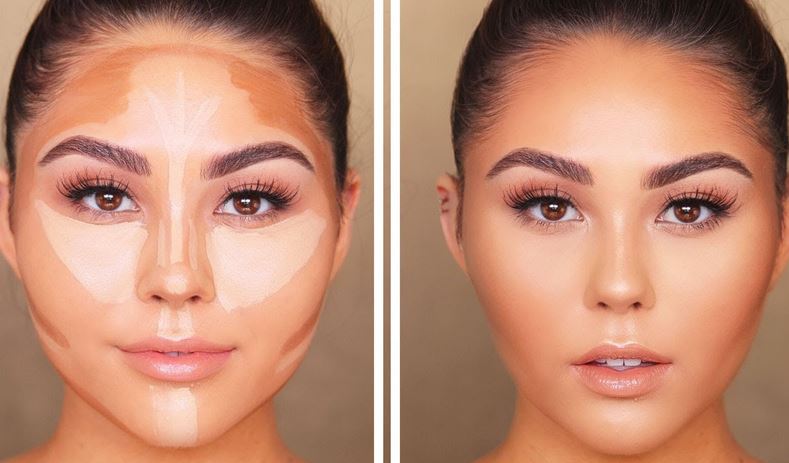
| |
Contouring has become a popular makeup technique that can enhance your facial features and create the illusion of sculpted, defined contours. While it may seem intimidating at first, mastering the art of contouring is easier than you think. In this article, we will explore tips and techniques to help you achieve a flawless contoured look. Whether you're a beginner or looking to refine your skills, follow these steps to become a contouring pro. Let's get started! Understanding ContouringContouring involves using a combination of darker and lighter shades to create depth and dimension on the face. By strategically applying these shades, you can sculpt your features, define your cheekbones, slim down the nose, and create a more chiseled appearance. Step 1: Choose the Right ProductsTo start your contouring journey, you'll need two shades: a contour shade and a highlight shade. The contour shade should be a cool-toned color that is a few shades darker than your natural skin tone. The highlight shade should be a shade or two lighter and have a warm undertone. Step 2: Prep Your SkinBefore you begin contouring, ensure your skin is clean, moisturized, and has a base of foundation or tinted moisturizer. This will create a smooth canvas for the contouring process. Step 3: Identify Your Face ShapeUnderstanding your face shape is crucial for effective contouring. Common face shapes include oval, round, square, heart, and diamond. Each shape requires a slightly different contouring technique to enhance and balance the features. Step 4: Contouring TechniquesContouring the CheeksTo contour your cheeks, suck in your cheeks to locate the hollows. Using a contour brush, apply the contour shade along the hollows, starting from the ear and blending towards the center of the cheek. Remember to blend well to create a seamless transition. Contouring the NoseTo slim down the nose, apply the contour shade along the sides of the bridge of the nose. Blend it out using a brush or your fingertips for a natural-looking effect. If you want to make your nose appear shorter, apply the contour shade to the tip as well. Contouring the JawlineTo define your jawline, apply the contour shade along the jawline, starting from the ears and blending downwards. This helps create a more sculpted and defined jawline. Highlighting the High PointsApply the highlight shade to the high points of your face, such as the tops of your cheekbones, the bridge of your nose, the cupid's bow, and the center of your forehead. This will accentuate those areas and add a natural-looking glow. Step 5: Blending is KeyOne of the most important aspects of contouring is blending. Use a blending brush or a damp beauty sponge to blend the contour and highlight shades seamlessly into your skin. This will ensure a natural-looking result without any harsh lines. Step 6: Practice and ExperimentContouring is an art that requires practice. Experiment with different techniques, product formulas, and tools to find what works best for you. Remember, practice makes perfect! FAQs1. Can I contour with cream products instead of powder?Absolutely! Cream contour products can provide a more seamless and natural finish. Apply them using a brush or your fingertips and blend well for a flawless contoured look. 2. Can I contour with bronzer?While bronzer can add warmth and dimension to the face, it is not ideal for contouring as it tends to have a warm undertone. Contour shades should have a cool undertone to mimic natural shadows on the face. 3. Can I contour without foundation?Yes, you can contour without foundation. However, applying foundation beforehand can help create a smoother base and make the contouring process easier. 4. How do I choose the right shade for contouring?When choosing a contour shade, opt for a color that is a few shades darker than your natural skin tone and has a cool undertone. Avoid shades that are too warm or orange, as they can look unnatural. 5. Can I contour every day?Contouring can be incorporated into your daily makeup routine if desired. However, for a more natural look, you may choose to contour more lightly or focus on specific areas that you wish to enhance. ConclusionContouring is a transformative makeup technique that allows you to sculpt and define your facial features. By following the tips and techniques outlined in this article, you'll be well on your way to mastering the art of contouring. Remember to choose the right products, blend well, and practice to refine your skills. With time and patience, you'll achieve a flawless and sculpted look that enhances your natural beauty. | |
| Category: Makeup | |
| Total comments: 0 | |
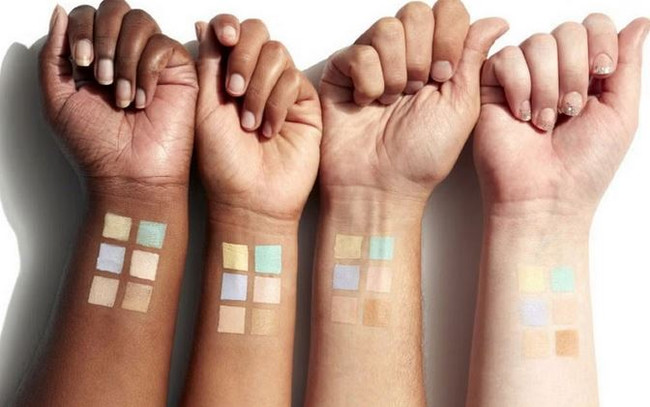 |
| The Art of Color Correcting: Concealing Imperfections |
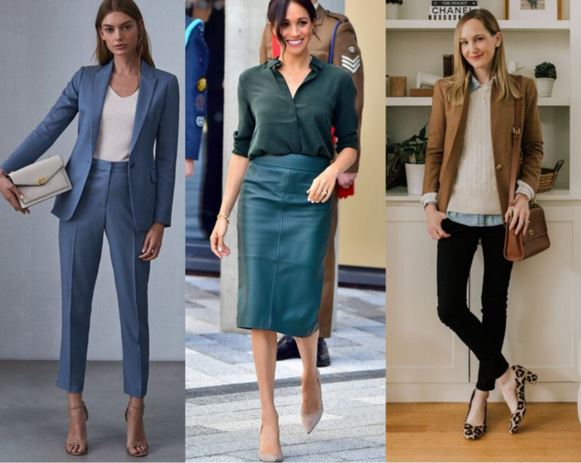 |
| Tips for achieving a polished and professional look |
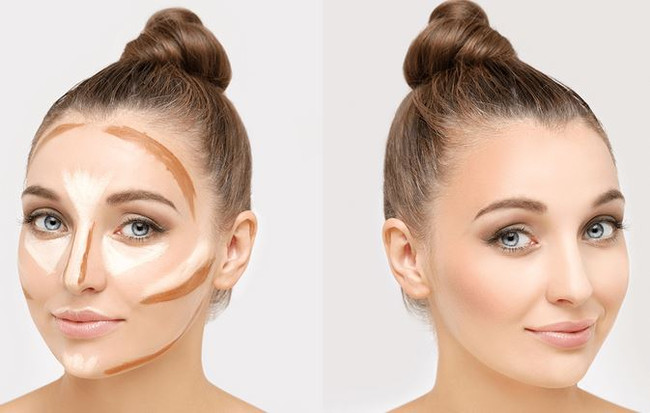 |
| The Ultimate Guide to Contouring for a Sculpted Face |
 |
| How to choose Hair Straighteners and Curling Irons |
 |
| Tips for Managing and Preventing Hair Smell |
 |
| Cat Couture: Fashionable Accessories for Feline Friends |
 |
| Elevating Pet Photography: Capturing Fashionable Moments |
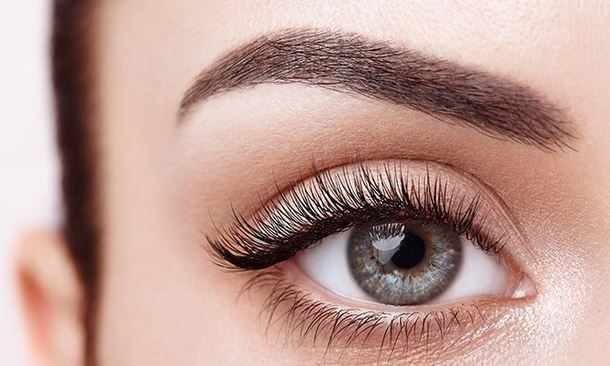 |
| The Art of Perfecting Your Eyebrow Shape |
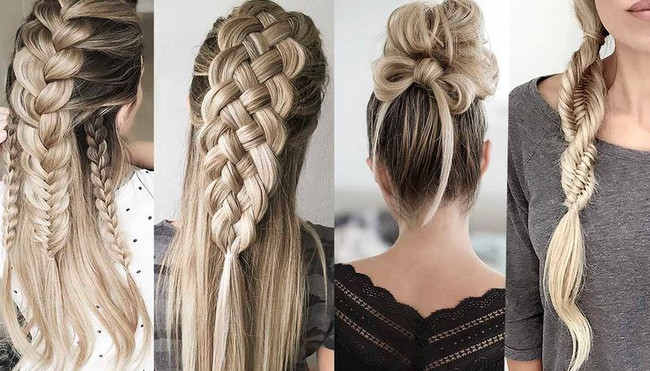 |
| The Art of Braiding: Easy Hairstyles for Different Occasions |
